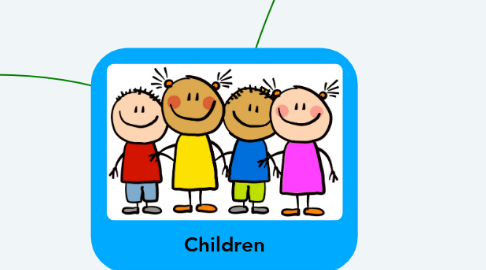
1. Police
1.1. The police work with other agencies to safeguard children and have unique responsibilities for investigating crimes against them and taking protective action when necessary.
1.2. The police aim to increase safety for pupils, in their school and community.
1.2.1. The police work with other agencies to share information that is relevant to child protection issues.
1.2.2. Schools often have a campus police officer; which helps the police build positive relationships with pupils.
1.2.2.1. Sources of funding for police working with schools varies.
1.2.2.2. Negative perceptions of the police may prevent positive relationships with children from forming.
1.3. The police force educate children on key issues including internet safety, substance misuse and gangs.
2. Green=Roles, Pink=Relationships Red= Barriers
3. Multi-Agency Working
4. Social Work
4.1. They have a duty to promote, support and safeguard the wellbeing of all children in need, in their area
4.2. Social workers provide or facilitate access to services to support vulnerable children and families and help children recover from the impact of abuse and neglect.
4.2.1. Social workers must have good relationships with the Police as together, they are responsible for investigating and responding to child protection referrals.
4.2.2. Social workers must create positive relations with children so children know they can trust and confide in them.
4.2.2.1. Some children may not present any signs of being vulnerable or at risk and consequently, may go ‘unnoticed’ if they do not confide in anyone.
4.2.2.2. Some children might be scared to confide in social workers with their issues.
4.2.2.3. For social workers, the continual exposure to the traumatic situations which children in their care have experienced, is a major source of stress.
4.2.3. Good relations with schools are important; so social workers can generate an ‘accurate picture’ of the child.
4.3. Social workers also work with children in 'stable' homes: they respond to crises in the classroom and assess children who are, for example, experiencing stress.
5. Educational Psychologists
5.1. Educational psychologists work with schools and local authorities to improve all children’s experiences of learning.
5.2. Educational psychologists assess difficulties children may be having with their learning and subsequently, recommend methods, or develop strategies, to help children learn more effectively.
5.2.1. Educational psychologists must have good relationships with schools to ensure communication leads to effective practice.
5.2.2. Educational psychologists work with teachers to develop their skills to support children with specific needs by, for example, providing advice on target setting for children’s learning plans.
5.2.2.1. Financial problems have left the training of educational psychologists “in crisis” (Maddern, 2010).

